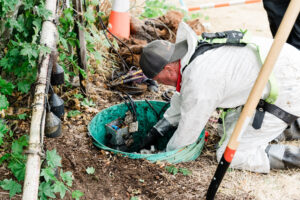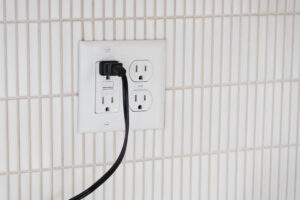
There are few household emergencies that can be as stressful as having a toilet overflowing. If you want to avoid potential water damage, sanitation issues, and a huge mess, swift action is necessary when your toilet overflows. In today’s blog, we’re going to explore some common reasons why a toilet might overflow, what to do, and how to effectively fix it!
WHY IS MY TOILET OVERFLOWING?
Understanding the root cause of your overflowing toilet is the first step in addressing it! Here are some of the most common reasons:
Drain Clog: The most frequent culprit we see is a clog in the drain, which could be a buildup of toilet paper, hygiene products, or even foreign objects that may have found their way into the pipes.
Float or Fill Valve Issues: Problems with your toilet’s float or fill valve can result in water continuously flowing into the bowl, which may eventually lead to an overflow of your toilet..
Faulty Flapper Valve: Ever heard of a flapper valve? It’s responsible for controlling the release of water from the tank to the bowl and if it’s not sealing properly, water will continuously flow, once again, causing an overflow.
WHAT TO DO WHEN TOILET IS OVERFLOWING:
- Stop the Water Flow:
The first and most crucial step is to stop the flow of water. To do this, open the tank and lift the float to shut off the water supply. If your toilet doesn’t have a float, locate the shut-off valve near the base of the toilet and turn clockwise.
- Remove Excess Water:
Use a bucket, bowl, or big cup to remove excess water from the bowl. This will help prevent further spillage.
- Identify the Cause and Try to Remedy:
Once you have controlled the immediate situation, try to identify the cause and severity of the overflow. If it’s a visible object causing the blockage, then use a plunger or a plumbing snake to dislodge it.
Plunge Away the Clog:
A plunger is an effective tool for clearing minor clogs. Place the plunger over the drain hole, ensuring a tight seal, and pump up and down vigorously. This creates pressure that can dislodge the obstruction.
Use a Plumbing Snake:
If plunging doesn’t solve the problem, a plumbing snake (or auger) can be utilized. Insert the snake into the drain and rotate the handle to break up or retrieve the clog.
Check and Adjust the Flapper Valve:
If the overflow is caused by a faulty flapper valve, open the tank and inspect it. Ensure it’s sealing properly and adjust or replace it if necessary.
Inspect the Fill Valve and Float:
Examine the fill valve and float for any malfunctions. Adjustments may be needed to ensure they are working correctly.
- Turn Water Supply Back On:
Once you’ve resolved the issue, carefully turn the water supply back on. Then monitor the toilet to ensure there are no further leaks or overflows.
Dealing with a toilet overflow can surely be overwhelming, but by following our approach above, you can likely resolve the issue on your own, without professional help. Knowing how to fix a clogged toilet and understanding some of the typical causes can save you time, money, and hassle in the long run. If the problem continues or if you’re unsure about handling it yourself, don’t hesitate to contact FloHawks Plumbing + Septic for expert assistance!










